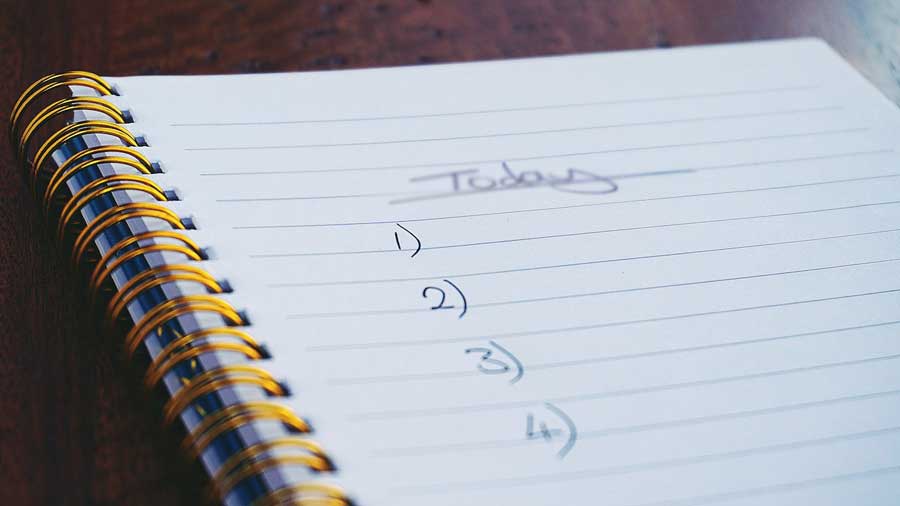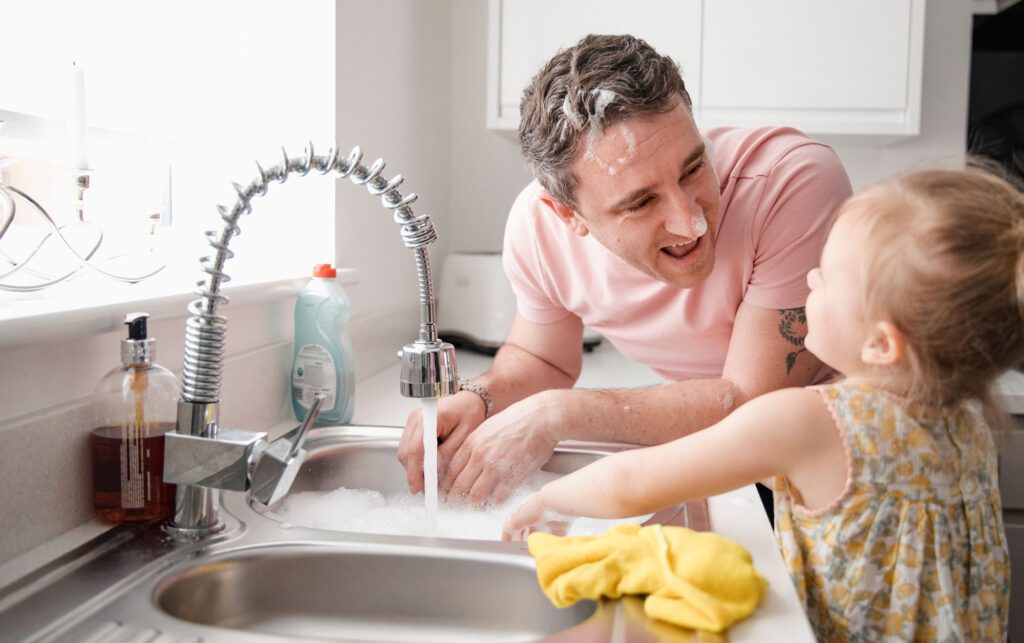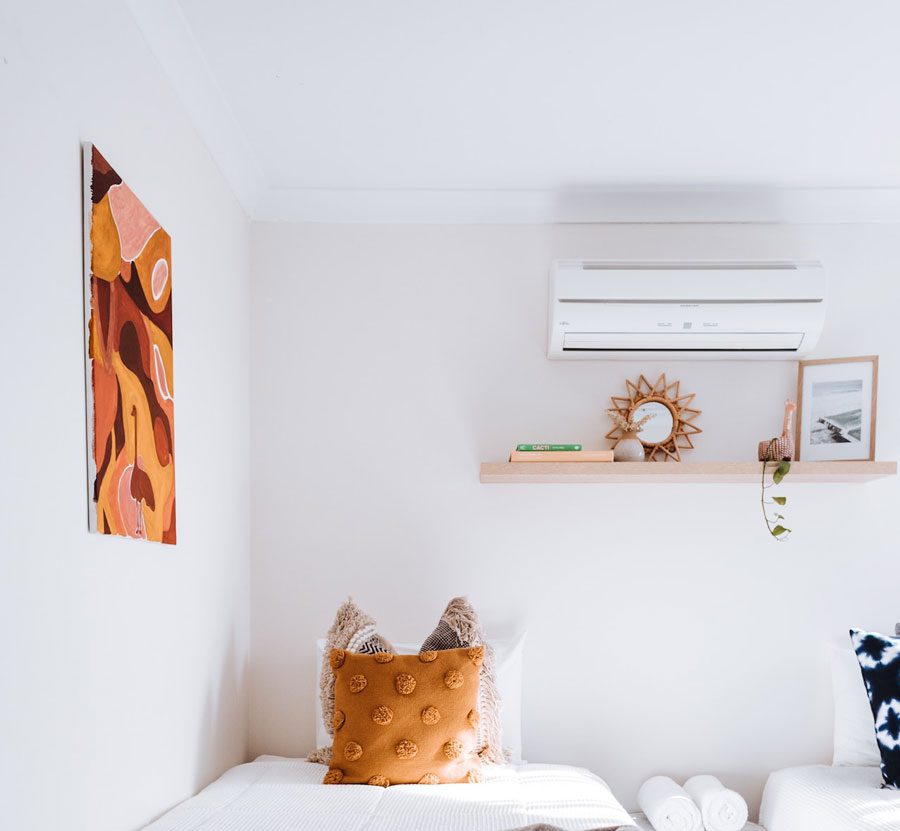Technology to make your Home more Energy Efficient.
Once you’ve ticked off the Quick Energy Wins at Home, it’s time to look at the next stage of saving energy in your home. Here we look at the appliances and technologies, through to your home’s building structure itself.

Audit.
To understand where to start, you need to understand what you’re working with. Conduct a simple audit of the key appliances in your home – your washing machine, dryer, dishwasher, TVs, air conditioners, lighting, fridge and freezer. Take note of how old they are, if they have an energy star rating and the technology they use. You may want to jump into replacing low star items with higher star rated models. Check out the Australian Government Energy Rating Guide to know more about the star rating system, and keep the audit as a reference for when these items are due for replacement. Always consider disposal – can you sell (or pass on) the item to give it a second life, or can it be responsibly recycled?
You could also consider using In-Home Display devices to monitor household energy consumption. These devices are connected to your meter box and display the kilowatt-hour usage on your phone or computer. This will help consumers to control consumption according to their time of use (TOU).


See the Light.
LED lights are up to 80% more energy efficient than traditional incandescent light bulbs and give a more uniform light output. LEDs have a lifespan of up to 10 years, so it can keep you from climbing ladders for the foreseeable future. Plus, many state governments have financial incentives available to subsidise the cost of replacement. As an Accredited Certificate Provider at Ecovantage we help you claim your incentives hassle free, check out how we can help you make your home energy efficient.


Cooking With(out) Gas.
Degasification of homes is on its way, and one of the key perpetrators in gas use is the kitchen. If you can, swap out your gas stove with a more efficient electric equivalent or if that’s out of reach, simply using a portable induction cooktop over your gas cooktop can keep your gas usage down (and your air quality cleaner).


Get Pumped for Hot Water.
According to Sustainability Victoria, a heat pump hot water unit is up to 70% more energy efficient than an ordinary electric water heater, and 50% more efficient than traditional gas water heaters. Considering that 23% of the energy used in your home is for water heating, that means depending on your current hot water unit you can save up to $650 per year by swapping out your ordinary water heater. Imagine the extra money you could have for things you enjoy!
If you haven’t already noticed, we’re big fans of heat pump hot water systems. Similar to a split-system air conditioner, heat pumps use outside air to heat water – you can think of it as a refrigerator in reverse. At Ecovantage, we spare no effort in making our community more sustainable and energy-efficient, so we can provide all-around support to help you obtain your brand new heat pump hot water system and claim the rebate, sometimes at no cost. Get yours here.


Split Systems, and your Bills.
There are many options when it comes to heating and cooling your home: split system air conditioners, wood fires, gas panel heaters, ducted, gas hydronic, and so on and so on and so on. As gas is on the way out we’ll cut straight to the point: electric room reverse-cycle air conditioners are the most efficient form of electric heating, and they effortlessly take care of cooling as well. Some state governments offer financial incentives for upgrading old inefficient heating and cooling to split systems, so check with your supplier or installer to make the most of these and don’t shiver (or sweat) any longer than you have to.


A Sleeping Bag for your House.
Insulating your home well, especially the walls and floors, will help reduce heat loss in winter and heat gain in summer. Unsure of your home’s insulation credentials? As a guide, homes built before 1990 are unlikely to have wall insulation and very little ceiling insulation. If you’re renovating (and even if you’re not), insulation should be a priority in your home energy efficiency journey. Are there government rebates for this? In some states, yes. Check your eligibility here. Not sure whether your house is properly weatherproofed or not? Check out our Quick Energy Wins at Home for a low-tech trick to find any air leaks .


Here Comes the Sun.
With your home running efficiently, what’s left? Generating your own clean, green energy. Around 30% of Australian homes already create their own energy with solar power. If your roof is in the 70%, congratulations! You still get to experience the warmth and fuzzies from the day a new solar PV system is turned on (you won’t forget it; at that point, you’re almost like Captain Planet). Add a battery, and you can consume all of your own energy, eliminate waste, and reduce reliance on the grid. Thinking about getting an EV? Consider all that free fuel! And yes, there are rebates and incentives for installing solar power. Talk to your supplier for all the details.

 Victoria
Victoria




